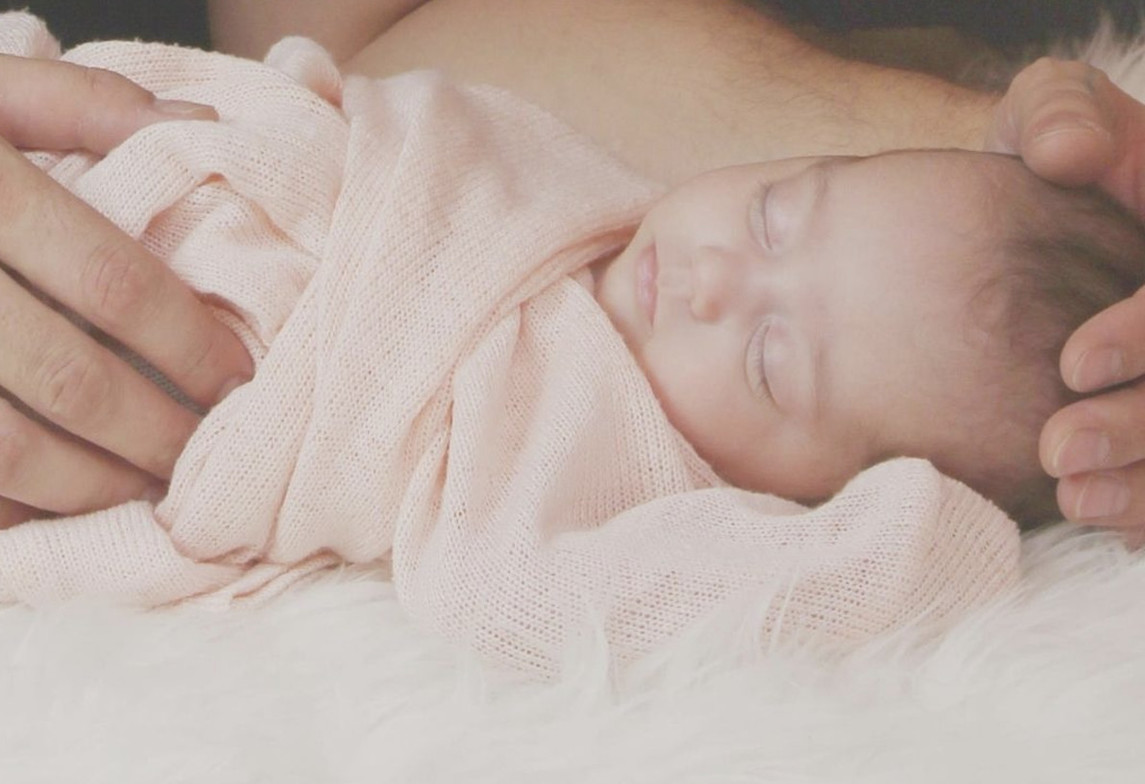
It often goes unnoticed, but it is important to check whether your baby is consistently
turning their head to one side and not to the other. If this is happening, your baby might
have torticollis.
What is Torticollis?
Torticollis is a fairly common muscular condition where your baby’s neck muscles cause
their head to twist and tilt to one side. This often results from the babys position in the
womb. It may look like your infant’s neck is rotated at an odd angle. The top of their
head may be tilted to one side and their chin may be tilted to the other side.
What are the Signs of Torticollis?
Signs of torticollis may include:
- Your baby’s head tilts to one side and chin tilts to the other side.
- Limited movement of your baby’s head and neck.
- One of your baby’s shoulders is higher than the other.
- Neck muscle tightness or stiffness.
- Swollen neck muscles.
- Small pea-sized lump in one of your baby’s neck muscles.
- Uneven (asymmetrical) facial features.
- Flattening on one side of the back of the head
Complications due to Torticollis
When babies spend time on their back with their head turned to one side for prolonged
periods of time, there is a risk that the back of their head may flatten and lead to a
condition called plagiocephaly. This happens because the skull bones of infants have
not fused yet and may shift due to constant pressure in one area.
There may also be changes to the facial bones as they adjust to uneven pressure and
the tilting of the head that accompanies the pattern of head rotation. It is important to
address torticollis and plagiocephaly as early as possible to prevent the bones of the
skull from remodelling.
Breastfeeding may become difficult if a baby is unable to turn their head to the side to
latch properly.
If left untreated in infancy, torticollis can lead to scoliosis (a curvature in the spine) in
childhood.
When does torticollis require professional treatment?
If you notice that your baby is persistently looking to one side, or that there is flattening
of your baby’s head, it’s important to bring this to the attention of your healthcare
provider as soon as possible. Discuss your concerns with your medical provider; they
may refer you to a pediatrician or in some cases may recommend getting an ultrasound
of your babys neck muscles. You will likely be referred to a pediatric osteopathic practitioner and/or pediatric physiotherapist, which is often the cornerstone of your babys treatment plan.
Osteopathy addresses torticollis with a whole-body approach, as there are often other
areas of the body that require attention. A pediatric osteopathic practitioner can help to
identify restrictions in muscles and joints, assess range of motion and check the rest of
baby’s body to identify patterns of tension and restricted mobility. Osteopathic
practitioners use gentle hands-on techniques to improve mobility and reduce tension
comfortably for baby and will provide you with strategies you can do to further help your
baby at home.
Parents play an important role in incorporating positional adjustments and stretches to
improve neck mobility.
Here are 6 tips for managing torticollis in addition to seeking professional care:
1. Rotate the change table
Position your baby on the changing table on the side that encourages baby to look away
from the preferred side.

2. Rotate the bassinet or alternate sides when co-sleeping
Rotate the direction your baby sleeps in the bassinet so that you are on the opposite
side of their rotational preference, or alternate sides when co-sleeping (be sure to follow
safe co-sleeping guidelines).
3. Alternate holding baby on each sides of your body
Hold your baby on your shoulder or in the ‘sloth in a tree’ position so that they look towards the opposite
side they prefer.

4. Breastfeed at both breasts or turn the angle of the bottle
Try various positions to encourage baby to feed at both breasts. If bottle feeding, gently bring the bottle slightly to the side that encourages rotation towards the restricted side.
5. Toy Tracking
Hold toys or sing and talk to your baby by positioning yourself on the side so that they turn their head towards opposite side they have been favouring.
6. Tummy Time
Tummy time will help develop your baby’s neck and upper body strength, along with developing adequate tone needed for rolling, reaching, sitting, and crawling.

In most cases, torticollis can be successfully resolved within a few months. Early identification of congenital torticollis is crucial for optimizing outcomes.
Anne-Marie Mougeot is a pediatric Osteopathic Practitioner who works with babies out
of our Rutherford Location. Click Here to learn more about her practice.
References:
Gundrathi J, Cunha B, Tiwari V, et al. Congenital Torticollis. [Updated 2024 Mar 20]. In:
StatPearls [Internet]. Treasure Island (FL): StatPearls Publishing; 2025 Jan-. Available
from: https://www.ncbi.nlm.nih.gov/books/NBK549778/z.



